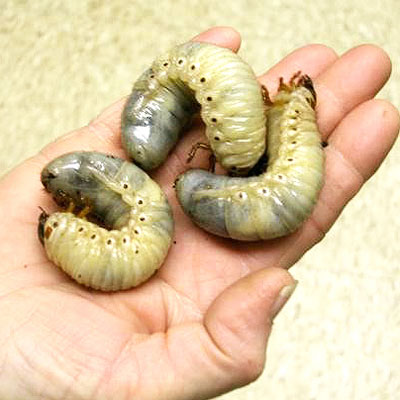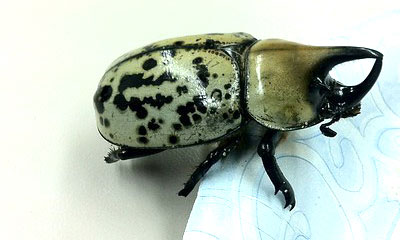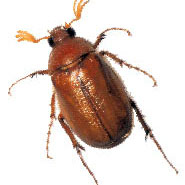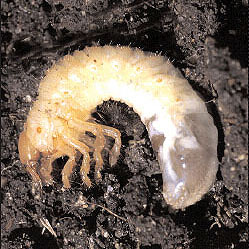Question of the Week – Number 2: April 7, 2022

“In digging in my compost pile and garden I’ve unearthed several very large grub worms – much larger than any I’ve found in my yard. Do I need to treat for them? When and with what?”
I had this question several times this past weekend so I thought it might be worth mentioning. These grubs are, compared to the ones you’re used to seeing, huge! I’ve encountered them 8 or 10 times myself in my own gardens.

These are the larvae of the eastern Hercules beetle. I learned it a long time ago as the “rhinoceros” beetle, so named for obvious reasons.
The good news is that this insect, in both its larval and adult forms, is harmless to adults and our plants. The “horns” are used by the males in battles during mating. And the larvae feed off decaying organic matter, not living roots like the white grubs of our common June beetles.
Here is information on the eastern Hercules beetle from Texas A&M.
And here is information on the damaging white grub of the June beetle, also from Texas A&M entomologists.


